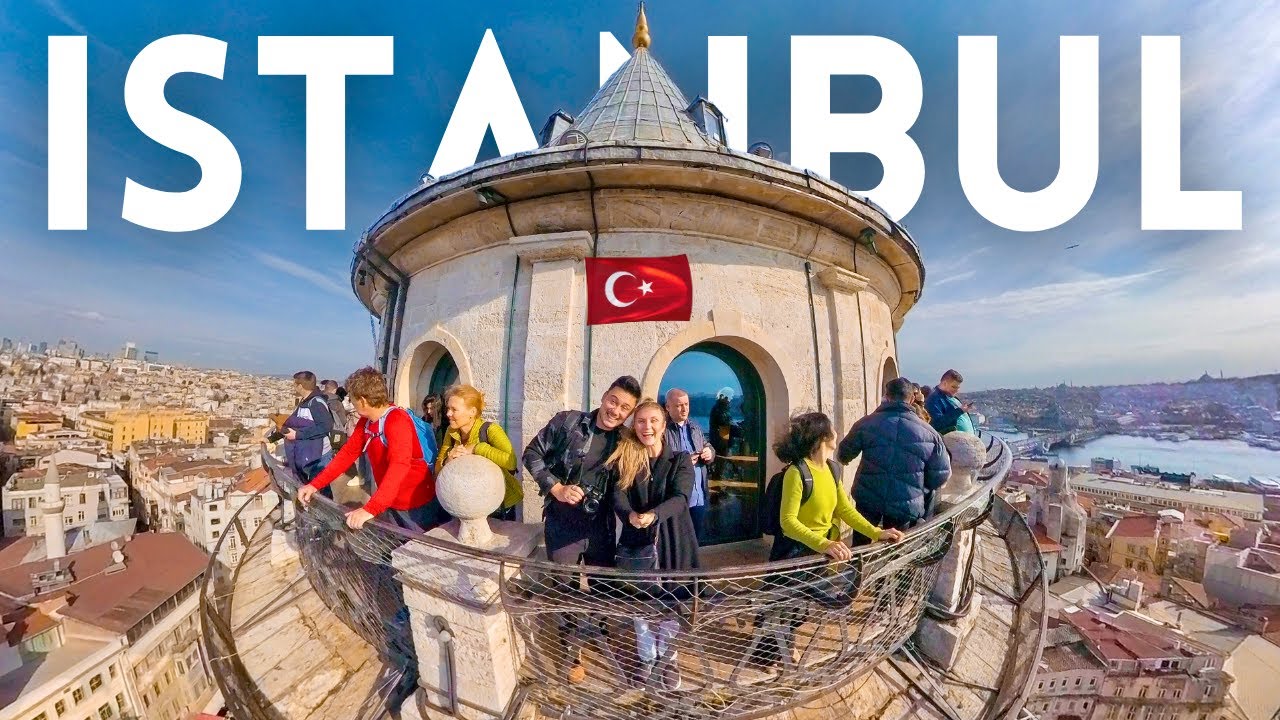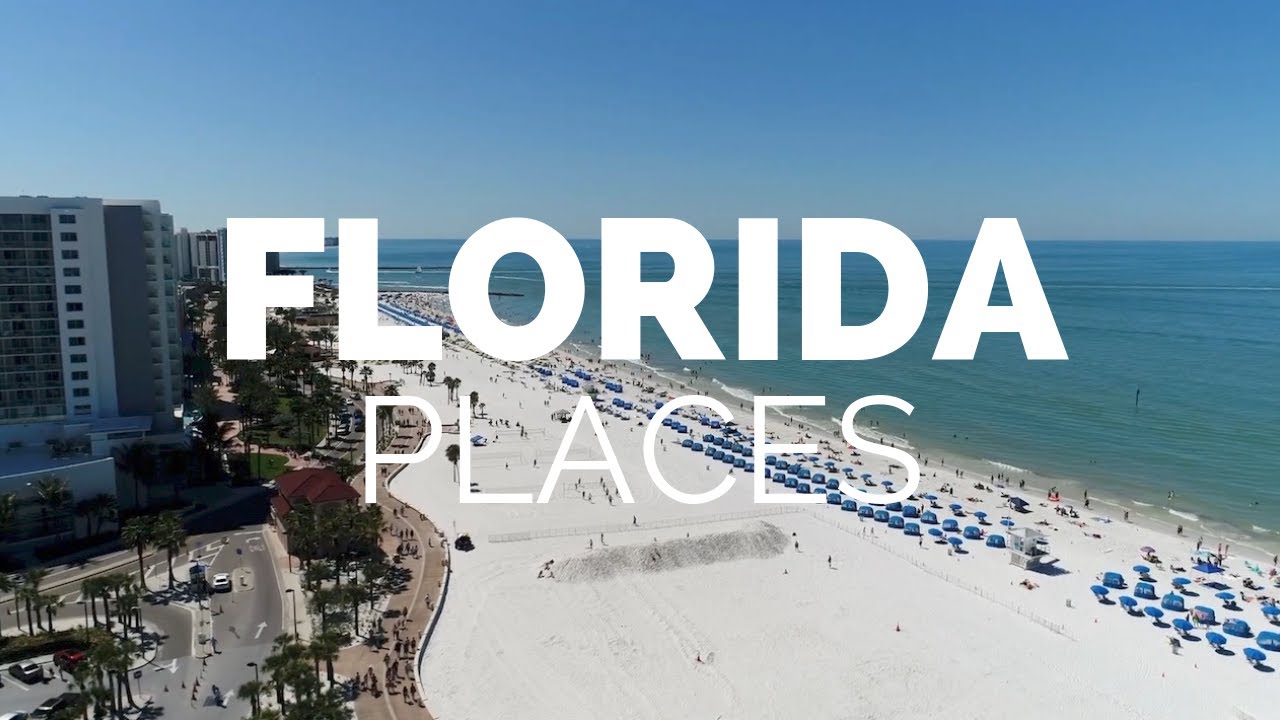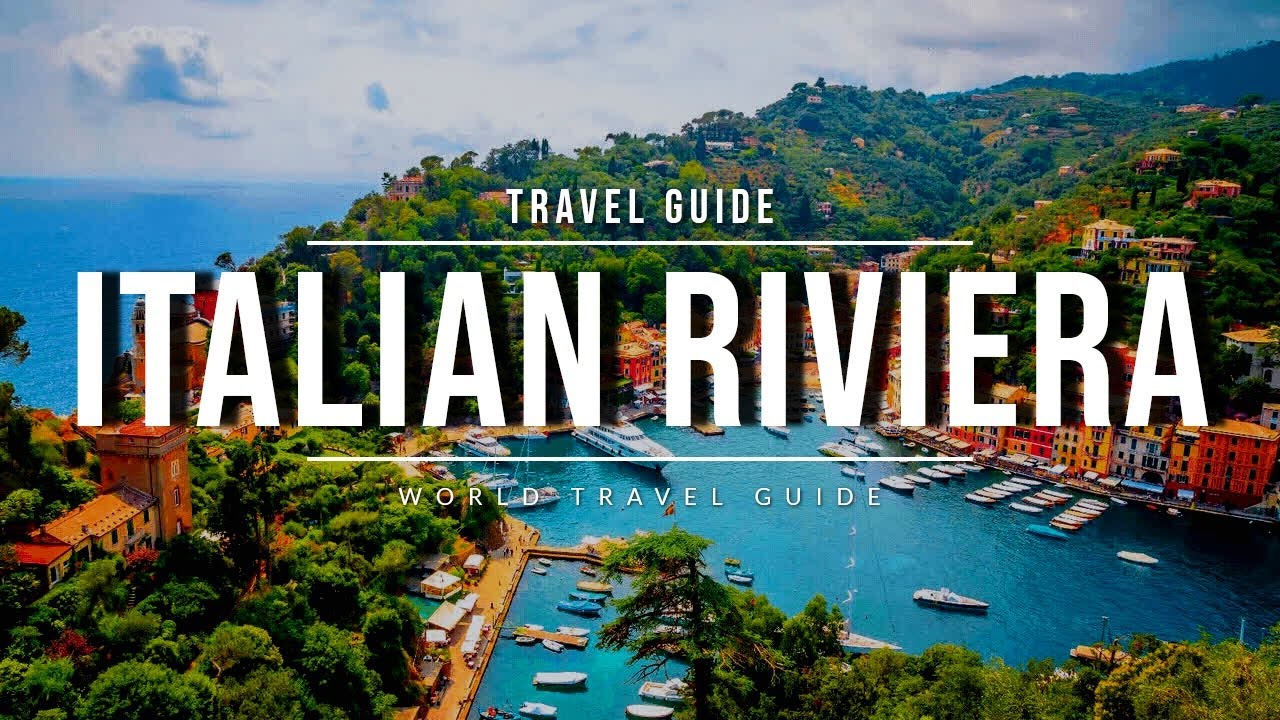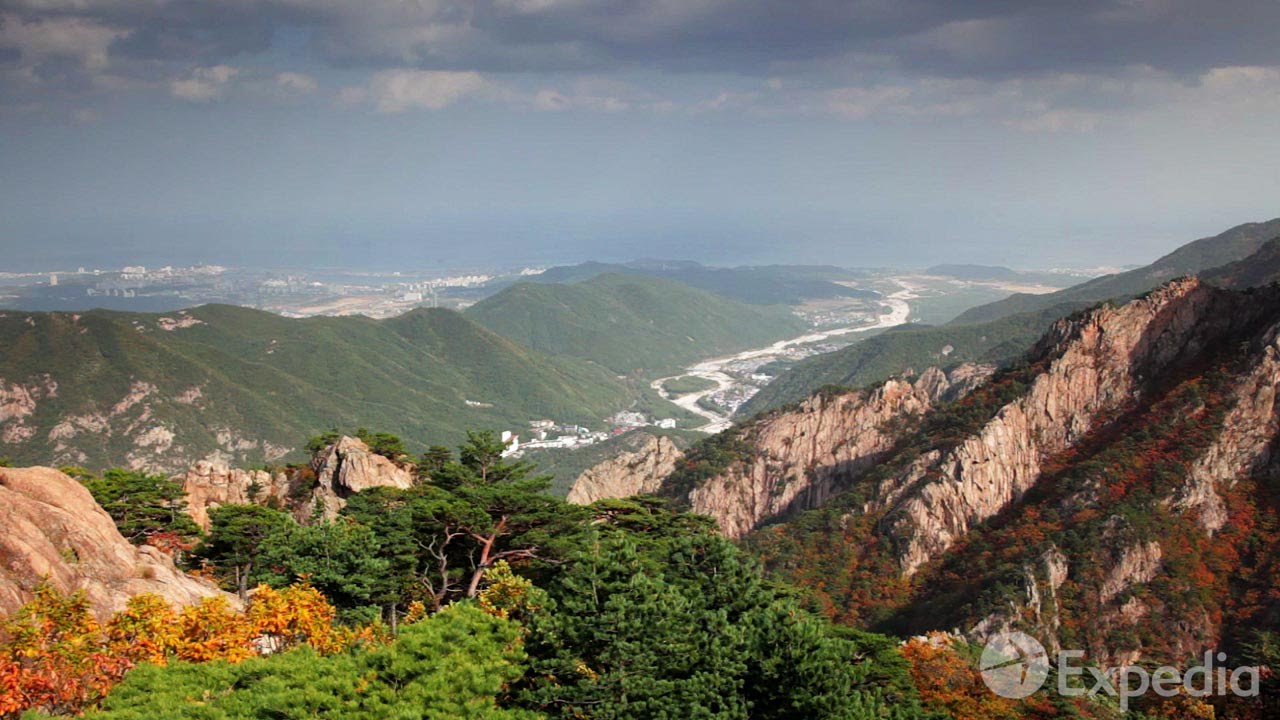Salzburg is a city in Austria on the banks of the River Salzach, and a major travel destination.
Salzburg is the most beautiful city in Austria and the birthplace of Mozart! This is World Travel Guide, in this video we will explore Salzburg and its most famous attractions. Salzburg is on the banks of the river Salzach at the northern boundary of the Alps. The
Mountains to the south contrast with the rolling plains to the north. Salzburg means “salt castle”, referring to its massive fortress and the white gold from the mountains in the south. It is the capital of a federal province of the same name. It’s approximately 150 000
Residents make it the fourth biggest Austrian city. Beyond that, it is Austria’s most beautiful spot. Salzburg’s magnificent baroque town center is rated as a World Heritage Site and can easily be explored by foot. A classic music festival, the city’s most famous son, Wolfgang Amadeus Mozart,
And the heartwarming musical “The Sound of Music”, created the area’s fame and popularity with music enthusiasts all over the world. Salzburg’s long history can be traced back to the stone age, but only in the middle ages and baroque times it got really exciting. During the 14th century, about one-third of the population
Died through the plague. At the same time the province of Salzburg finally became independent from Bavaria and is an entity within the Holy Roman Empire of the German Nation. During the 17th and 18th century, Salzburg went through its prime. The prince archbishops used the wealth from
The salt trade to transform Salzburg into one of the world’s most outstanding baroque cities, with magnificent palaces, churches and gardens. In 1756 Salzburg’s most famous son, Mozart, was born. After 1803, the prince archbishops lost their secular power in the course of the Napoleonic wars and
Salzburg became part of different provinces, before it finally found its way into the Austrian empire. During world war II, a total of 15 airstrikes destroyed 46% of the city’s buildings, especially around the station. Up to the present day, bombshells are occasionally found in Salzburg. In
1997, the city of Salzburg became a World Heritage Site, to honor its unique baroque structure. Hohensalzburg Fortress stands high above the rooftops of the baroque historical district. The biggest fully preserved castle in central Europe, this symbol of Salzburg offers an incredible
View of the city and its surroundings. In the year 1077 archbishop Gebhard had the fortress built. In the following years, his successors drove ongoing development of the fortress architecture. The complex acquired the appearance we recognized today under archbishop Leonhard in 1500.
The original purpose of the fortress was to protect the principality and the archbishops from hostile attacks. In all of these years, it has never been captured by foreign troops. From university square, a number of wonderful passageways weave northward to Getreidegasse.
This busy pedestrian area of Salzburg has been recognized as a World Heritage Site, and is lined with quaint old merchant homes dating from the 15th to the 18th century. Highlights of a walking tour of this old town area are its many original wrought iron shop
And in-signs, along with its many quiet old courtyards. And it’s a big area to cover, all of it just begging to be explored. The area is very gentrified and is now home to numerous art galleries, boutique shops, as well as jewelry and craft workshops.
One certain house in Salzburg always draws particular attention: The house in which Wolfgang Amadeus Mozart was born. Salzburg’s most famous son came into this world on the 27th of January 1756. His family actually lived here for 26 years, occupying an apartment on the third floor. The famous composer’s
Birthplace continues to be a magnet for Mozart fans and history buffs from around the world. It was actually the International Mozart Foundation, which first opened a museum in the house back in 1880. Constantly developed and expanded, this year-round museum is an absolute must for
Every Salzburg visitor. Here you can take a tour, lasting about an hour through the original rooms. The Mirabell Palace was built in 1606 by prince archbishop Wolf Dietrich. Today, it serves as the backdrop for the most romantic weddings you could possibly imagine.
The Marble Hall, the former banquet hall of the prince archbishops, is generally regarded as one of the most beautiful wedding halls in the world. The Mirabell Gardens were completely redesigned in 1690. The underlying geometrical form, which is typical for the Baroque period, is still clearly
Recognizable. The visual orientation towards the cathedral and fortress sets to the grandeur of the gardens, simultaneously incorporating them into the overall historical ensemble of the city. For more than 400 years, the Hellbrunn Palace has enchanted and amazed its visitors with its trick fountains. Salzburg’s prince archbishop Markus Sittikus planned
Hellbrunn Palace as a never-before-seen oasis of enjoyment and leisure. This summer residence was built in virtually record setting time, with construction taking only from 1612 until 1615. Master architect Santino Solari, who was also given the commission for Salzburg Cathedral, created one of the most magnificent Late Renaissance buildings north of the Alps.
The visitors are also invited to explore the rooms and learn more about Hellbrunn’s history. The modern Untersberg Cable Car takes walkers and hikers quickly and comfortably up the legendary Salzburg mountain. The Untersberg is one of the most popular recreational spaces in Salzburg.
The difference in altitude between the bottom station and the top station is around 1300 meters. The ride in one of the two spacious cable cars takes only 8 minutes. Each of the two cable cars holds 50 passengers. The ride itself offers a breathtaking view over
The town of Salzburg and the Rositten valley. The top station lies in high alpine terrain, so appropriate clothing and footwear are absolutely necessary, and you need to proceed with caution. Salzburg is at the northern edge of the Alps, and has a typical Central European climate with hot
Summers and cold winters. However, most of the year Salzburg has moderate weather conditions, and you can plan your trip at pretty much anytime. Crowds peak around July and August, when the Salzburg Festival is held and the summer shows its brightest side. Another top season is December.
Both periods are both scenic and pleasant, however, be warned of the masses of tourists and rip-off prices. For more quiet times with low prices, you should visit during spring, early summer and autumn. Salzburg is served by Salzburg Airport, which is well-connected to other
European cities. For more international connections, a second option is to fly to nearby Munich. Salzburg has excellent rail connections to other Austrian cities, with an hourly service to Vienna. If traveling on the motorways, you need to purchase a vignette, which is available from gas stations and motorway rest areas.
Did you ever visit Salzburg? Let us know in the comments! If you loved this video, hit the like button and subscribe! You can also check out other great city guides on our channel.









